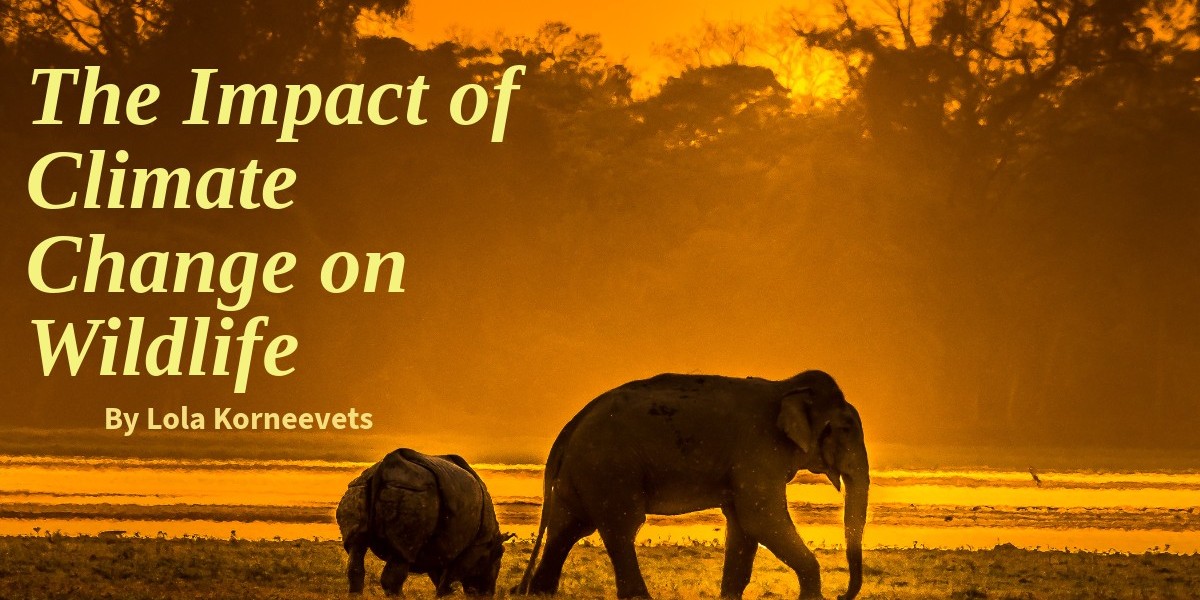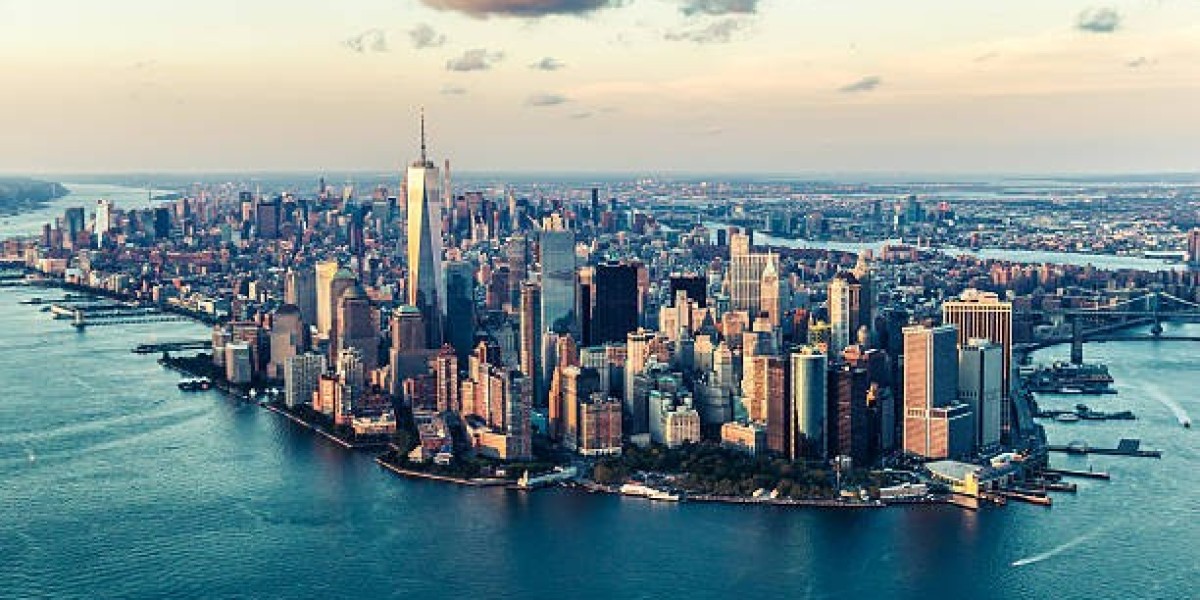Climate change is one of our most pressing global issues, and its far-reaching consequences extend beyond the human population. Wildlife, which includes a diverse range of species, habitats, and ecosystems, is also profoundly affected by the changing climate. In this article, we will delve into Lola Korneevets' insights as she sheds light on climate change's significant impact on wildlife.
Disruption of Habitats
Climate change alters temperature and precipitation patterns, leading to shifts in ecosystems worldwide. Although many species have evolved to fit into certain ecosystems, the changing climate makes their habitats less suited. Rising temperatures force species to move towards cooler regions, disrupting established ecosystems. This displacement often results in competition for resources, increased predation, and the loss of biodiversity.
Loss of Biodiversity
Ecosystem stability and resilience depend heavily on biodiversity. However, because it hastens the demise of species, climate change poses a major threat to biodiversity. Many species find it difficult to survive due to changing migration patterns, habitat destruction, and rising temperatures. Even the loss of a single species can have a domino effect, upsetting the delicate balance of an ecosystem and causing biodiversity to further fall.
Altered Migration Patterns
Many species rely on seasonal migrations for feeding, breeding, and survival. However, climate change disrupts these patterns by altering the availability of food sources and changing the timing of key events. For example, warmer temperatures can cause plants to bloom earlier, but the migratory birds that depend on these blooms may arrive too late, resulting in food shortages. Disruptions in migration patterns can have severe consequences for wildlife populations, affecting their reproductive success and overall survival.
Increased Extinction Risks
Climate change acts as an additional stressor to wildlife populations already facing other threats, such as habitat loss and pollution. The combination of these factors increases the risk of extinction for many species. Polar bears, for instance, face dwindling sea ice due to melting Arctic ice caps, impacting their ability to hunt and breed. Similarly, coral reefs, which support a vast array of marine life, are under threat from rising ocean temperatures, leading to coral bleaching and subsequent decline in biodiversity.
Ecosystem Services at Risk
Wildlife plays a crucial role in maintaining ecosystem services, which are vital for human well-being. For example, bees and other pollinators are essential for the pollination of crops, contributing to food production. However, climate change affects the availability and behavior of pollinators, potentially leading to reduced crop yields and food scarcity. In addition, forests operate as carbon sinks, helping to moderate climate change, but deforestation and forest degradation jeopardize their ability to do so.
The impact of climate change on wildlife is undeniable and has far-reaching consequences for ecosystems and human societies. Understanding these impacts is crucial for developing effective conservation strategies and mitigating the detrimental effects.
Lola Korneevets' insights emphasize the urgency of addressing climate change to protect the biodiversity and delicate balance of our planet's ecosystems. It is not only the responsibility of scientists and policymakers but also the collective duty of every individual to contribute towards a sustainable future for wildlife and our planet.
 " class="wow_main_float_head_img">
" class="wow_main_float_head_img">







